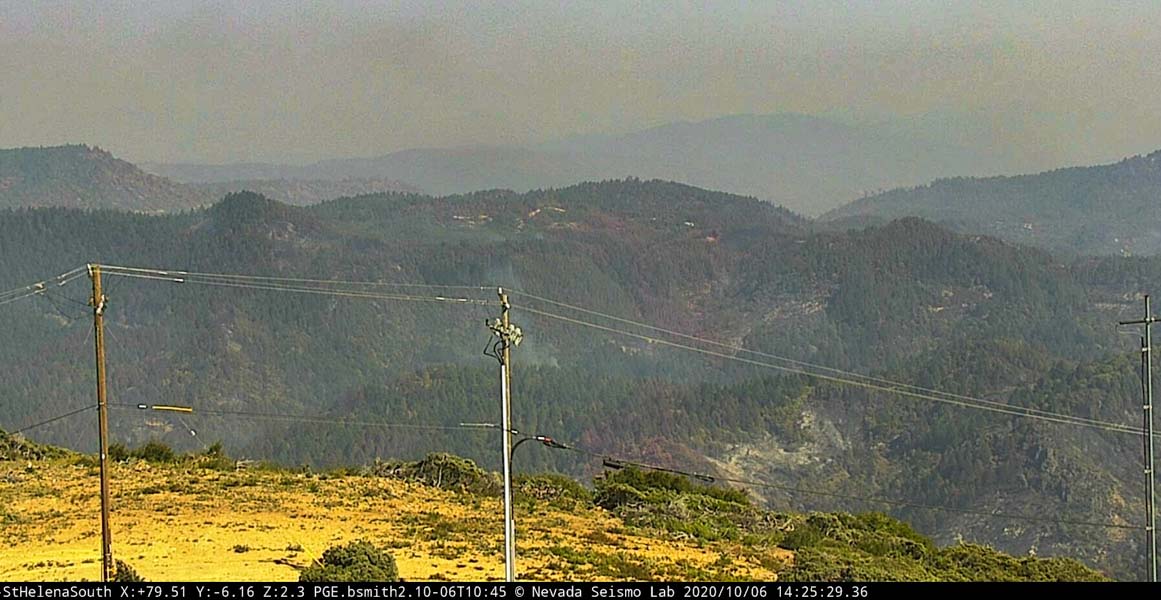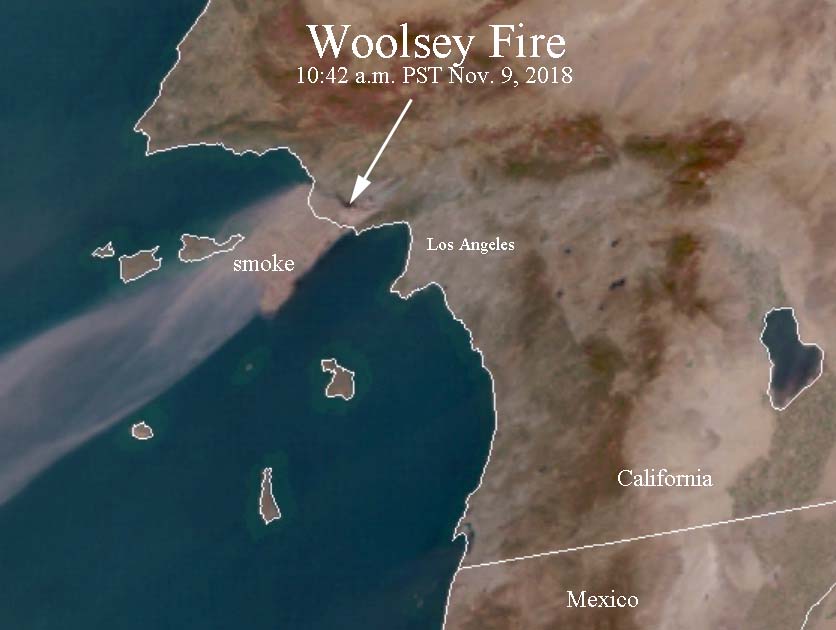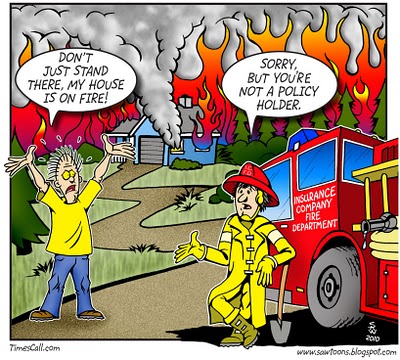
The California Department of Forestry and Fire Protection is investigating allegations that an unauthorized backfire was set by private firefighters on the Glass Fire in California’s Wine Country.
ABC7 claims their video shows private firefighters being detained Friday October 2 by officers from CAL FIRE and the CHP.
A backfire or any burning operation can endanger the lives of firefighters and others if it is not carefully planned and coordinated with the fire organization. Fighting a fire in any area, but especially in an urban interface, can be chaotic as hell. Throw in an unauthorized backfire and it can put lives at risk. Many experienced wildland firefighters can tell you stories about a burning operation that meant well, but caught others unaware who had to scramble to escape the unexpected flames.
For the last 15 years we have been aware of insurance companies sending fire engines to protect high-valued homes that were covered by their policies when a wildfire approaches. Companies such as Chubb and Wildfire Defense figure keeping a multi-million dollar home from burning is less expensive than paying to rebuild it, so they contract with private companies to send firefighters to their customers properties when smoke is in the air.
The tricky part is intermixing the private crews with the existing incident management organization. Some jurisdictions view the insurance company crews as personnel that need to be protected, rather than fellow firefighters engaged in the fire fight. This became very evident during the 2017 Woolsey Fire when CAL FIRE prohibited the private engine crews from accessing their customers’ homes, including mansions in Malibu, California.
Our opinion:
First, firefighters that are not part of the incident management structure should not even consider putting fire on the ground unless they are coordinating closely with and have permission from the Division Supervisor or Branch Director.
Private engine crews can be helpful in keeping certain high-value structures from burning during a rapidly spreading wildfire when there are not enough government resources to protect every home. However, if they have no communication with the incident management organization which does not have any knowledge of their location, mission, or capabilities, it can throw a monkey wrench into an already chaotic situation.
CAL FIRE, the U.S. Forest Service, and the other large organizations involved in wildfire suppression need to sit down with the insurance companies and agree on some standard operating procedures. The Incident Management Team needs to know what the private crews are doing and where, and the private crews need to have direct communication with the Team.
One day, when all firefighting resources are carrying equipment that makes it possible to track their location, this will become much easier — and safer.



